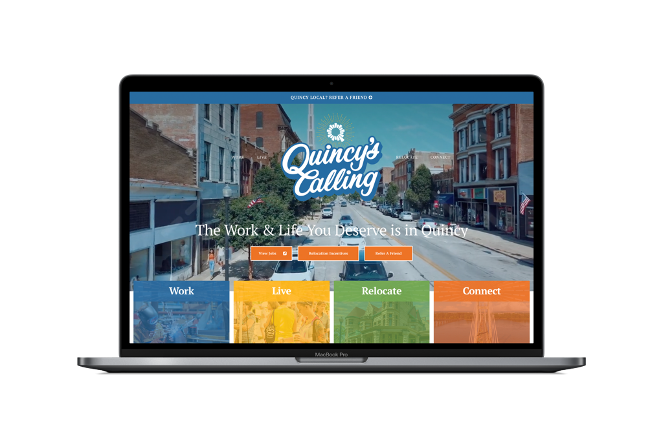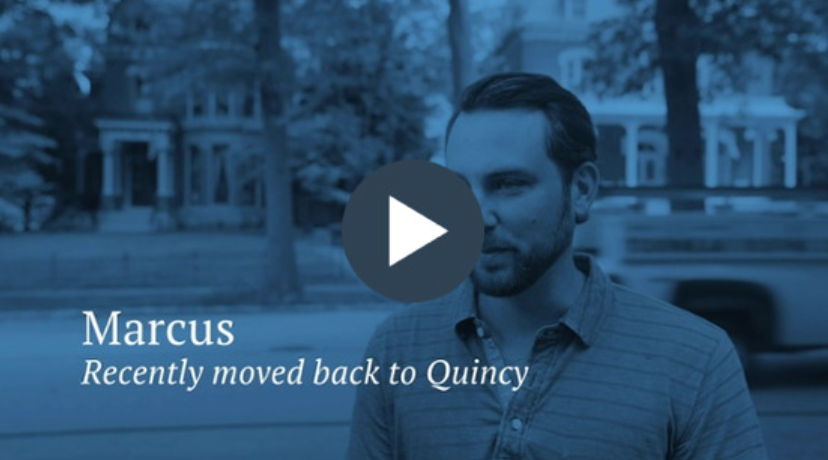
27 Jul Conversations with North Star, Part 6, Measuring Brand Performance
Like with any campaign, measuring performance is key to determining the success of a community marketing strategy and making informed decisions for ongoing optimization or improvement.
The final edition of our ‘Conversations with North Star’ series focuses on this very topic. Through a discussion with our Executive Vice President of Operations Mark Stevens, we dive deep into how communities can best measure the performance of their marketing campaigns so they maximize the impact of every dollar spent.

What are common metrics communities leverage when evaluating a marketing campaign? How should a community decide which metrics to use?
Your campaign objectives will determine which metrics to deploy. As you build your marketing strategy, ask yourself what success looks like for each objective to ensure that data indicating success is accessible and measurable.
If your goal is to attract businesses and boost economic development, you should measure how many jobs, capital and investment, for example, came into the community during your campaign.
If you have tourism-focused objectives, you should monitor metrics such as the number of hotel stays or attendance at community-sponsored events promoted through your campaign.
When it comes to measurement, how does community marketing differ from product or service marketing?
Measuring success for community marketing is broader and more complex than tallying the leads and sales of a product or service.
Most notably, lead times for community marketing outcomes are much longer than for a product or service. As discussed in our prior blog, tourism or relocation decisions for individuals and businesses are critical choices that take time and often involve several economic variables outside of your control.
On the other hand, an automotive manufacturer could run a three-month advertising campaign on a particular model and see a clear and direct correlation between impressions, leads and conversions.
Additionally, community marketing measurement requires buy-in, collaboration and data sharing with a variety of community stakeholders – it cannot be executed effectively by a marketing department only.
That could mean working with local hotels to monitor the number of stays and how guests were attracted to the area, or requesting hiring managers track job applications and how they heard about the company. Be sure those conversations take place, expectations are established and you have a process to gather information regularly before campaign implementation.
When should you begin measuring a community marketing campaign? How often should you monitor performance?
Measurement should always commence when the campaign launches, however, collecting data that establishes baselines, when possible, should take place even sooner.
For example, if your community’s objective is attracting visitors, you should determine the current performance of tourism efforts (e.g., how many people are visiting in a certain timeframe) before the start of the campaign so you can measure improvement over time. Ensure the source of that information remains as consistent as possible throughout the campaign.
How often you monitor and measure performance is dependent on the metrics you choose for the campaign. Metrics that rely on macro-economic data and trends may only be available to measure quarterly or annually. However, digital campaigns – where website, e-blast and advertising strategies are executed – offer the capability to monitor and optimize in real time.
Regardless of specific metrics, community marketers should have an approach and infrastructure in place to track and analyze the campaign on a regular basis from day one.
What is an example of how a community has effectively measured, analyzed and optimized its marketing campaign? What was the outcome?
In 2021, we launched a multi-year marketing campaign for Quincy, Illinois. The initiative, “Quincy’s Calling,” exists to attract talent to fill the region’s available jobs, combat the state’s population challenges and support long-term economic growth. Most notably, the campaign offers qualifying relocators property tax rebate incentives of up to $5,000 once taking a job and living in Quincy for a year.
To raise awareness in strategically targeted areas, the campaign features a variety of engaging content, such as a website, relocation guide and videos, which has been leveraged in digital, TV, billboard, print and social media advertising as well as public relations.
With a myriad of marketing channels active at any given time, North Star built a dashboard to monitor digital performance in real time and other tactics regularly, optimizing spend and tactics to focus on areas that performed the strongest. As leads were collected, Quincy remained top-of-mind with prospects through retargeting and an e-newsletter, which include KPIs of their own.
Understanding the objective of resident attraction takes time to achieve, the initial campaign will be active for three years, though year one has delivered promising results thanks to a strategic and targeted marketing strategy. To date, 91 individuals have been accepted to receive the incentive, with several others in the pipeline with year two underway.
Building a marketing strategy and the infrastructure to effectively measure and optimize it is no easy feat. We’re here to guide you through it and help you find your preferred future.

